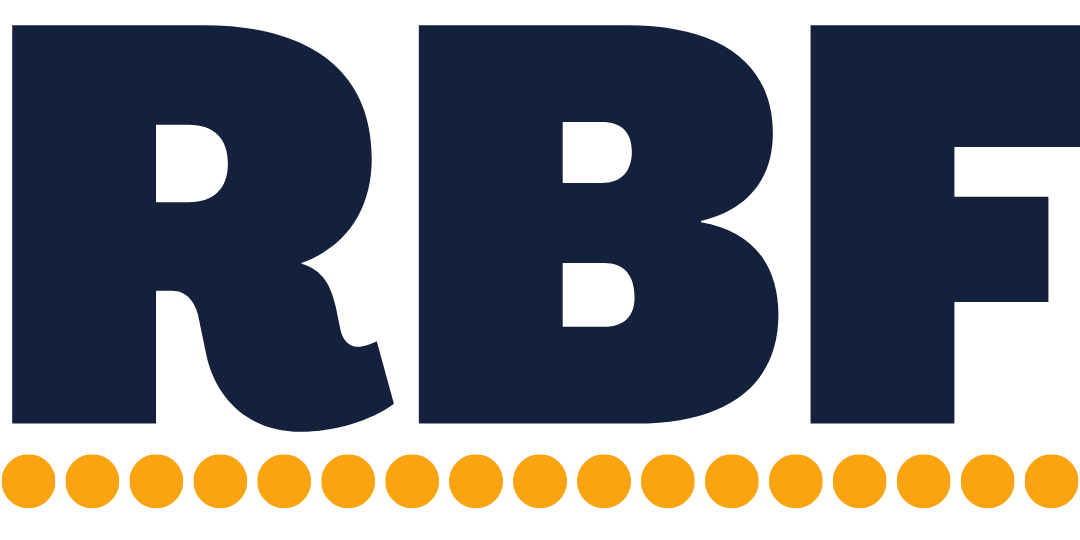Proactively look for surprise expenses to improve your long-term cash flow
Proactively managing cash flow is more than just enforcing payment terms, delaying your cash outflows, and building a tiny emergency fund. You should also be actively looking for potential cash flow problems and planning for them. Because, a surprise expense that drains your reserves can create a long-lasting cash crunch that takes months to recover from. Or worse, it might require emergency funding from your personal savings or credit cards.
And, too frequently, ‘surprise’ expenses aren’t really surprises, at all. If you’d spent an afternoon actively planning, you would’ve seen them coming. And, when you plan and have a rough idea of what surprise expenses to expect, when they’ll pop up, and how much they’ll cost, you can start preparing and saving for them. Proactively preparing for these ‘surprise’ expenses will make sure you have cash on hand (or at least, a plan) to pay for them and protect your future cash flow.
Potentially recurring historic expenses: Before brainstorming what expenses mighttt happen, take a historic view at what major expenses haveee happened. Many foreseeable expenses are technically recurring (albeit infrequent) and they probably already occurred sometime in the last three years. (For example, quarterly tax estimates, annually renewing software licenses, moving fees, implementation fees, etc.) Instead of brainstorming these, generate a transaction report in your accounting software then sort by size. (You can also skim the general ledger or drill down line by line in your Profit and Loss report.) Write down every expense (and its frequency) that a) might happen again and b) you couldn’t casually pay for tomorrow without hurting your cash flow.
Brainstorming future expenses: Brainstorming future expenses is kinda like buying a house. You plan for the closing costs and monthly mortgage payments, but there’s also a whole host of other unforeseen, tangential costs. And, you need to find those new, unforeseen costs that are tangential to your planned growth and potential external opportunities & threats. Take a hard look at your current growth strategy and your SWOT analysis (if it exists). Then, ask yourself 1) what new expenses and investments will I need to make this growth happen? and 2) what could go horribly wrong in the next year? You won’t predict a global pandemic, but you can predict and hedge yourself (with insurance) against things like fires, floods, etc.
Ask your colleagues: No matter how unique your business is, someone somewhere out there has already tried it or tried something similar to it. Learn from their mistakes. Outright ask your colleagues – “hey, I’m planning to XYZ. When you did that, were there any totally random, unforeseen expenses? Did anything catch you by surprise?”
What you’re looking for: What constitutes a large surprise expense will vary based on your business size and risk tolerance. Look for expenses that’re more than you could comfortably or casually pay for literally tomorrow (or would drain >25% of your war chest), whatever that means to you. If you aren’t ready to pay a bill tomorrow or already have a system in place for it, you need to prepare for it.
An emergency fund isn’t enough: Emergency funds are meant for completely unforeseen emergencies. They’re not a catch-all for not doing your homework. And, if you solely rely on your emergency fund to protect your cash flow, you’ll never be able to use those funds for investment in your business because they’re tied up to passively protect your cash flow.
Action Item: Generate a transaction report. Look for potential recurring expenses.
